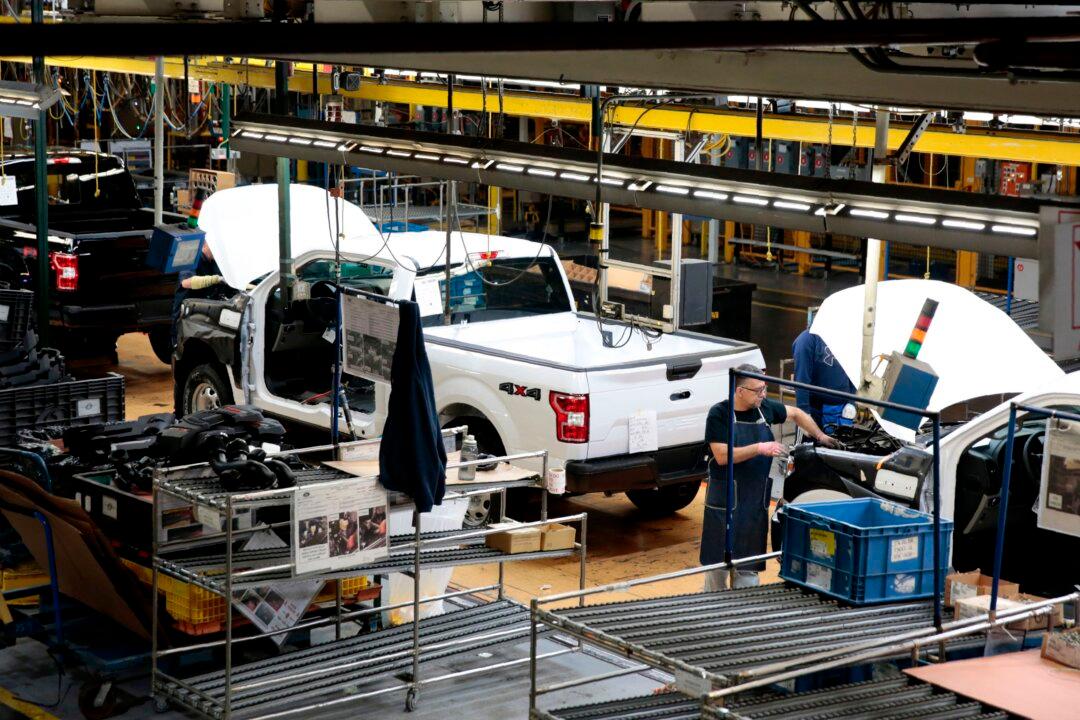The American economy picked up pace in the first quarter of 2019, with the country’s gross domestic product (GDP) growing at an annualized rate of 3.2 percent.
“This is far above expectations or projections,” President Donald Trump commented in an April 26 tweet. “Importantly, inflation VERY LOW. MAKE AMERICA GREAT AGAIN!”





